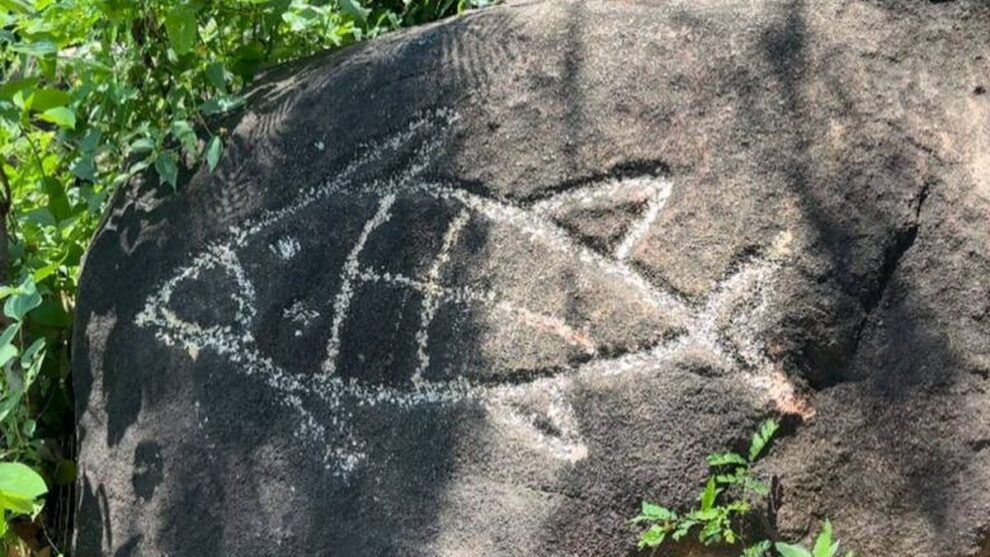Archaeologists have discovered in the Mexican city of Acapulco a lost pre-Hispanic city of 334 hectares, where 38 petroglyphs, circular calendars, and the representation of a rain deity stand out. Among the findings, the petroglyph of a monkey also stands out, which is identical to one from the Nazca culture in Peru. For this reason, archeology fans have developed the theory that this is possible thanks to a traveler who carried these figures from one place to another, which is why the figure of a ship manned by a man can also be seen in archaeological areas of Acapulco. be placed by visitors.
“As archeology fans, we have exchanged shapes and figures that we took here in (the state of) Guerrero and they have sent us similar shapes that have been found in Peru, in Egypt, in some other places in Latin America,” he said. commented the researcher and environmentalist Rubén Mendoza. This archaeological zone is located 13 kilometers from the city center, one of the main tourist destinations in Mexico for its beaches.

A petroglyph / EFE
The findings are in different areas of Cerro de La Bola, a place where a pyramid from the Yope culture was previously located, which was used, according to theory, for rituals related to water, rain and fertility. This site originates from the end of the Early Classic period (around 400 AD), while the attachment took place during the Epiclassic (600-900) and was abandoned during the Early Postclassic (900-1200).
Despite the years, there are still remains of the civilization that once settled in Acapulco, although many of them show great wear and tear caused by the acid and paint that visitors sometimes throw on them. For people who carry out extreme activities, this archaeological area has already become a favorite place because it is ideal for climbing, since it is located between 25 and 275 meters above sea level and is approximately 3 kilometers high.

The Cerro de la Bola area / EFE
Scholars have concluded that the stone on the hill was a form of signaling for the ancestors. “It was a sign where they had to reach and touch that stone, to know that they were sure that the place was done,” Mendoza adds. For the neighbors, this place has become something sacred, so they themselves, together with the National Institute of Anthropology and History (INAH) , take care of the place, thus avoiding looting and vandalism of the rock works within the zone.

Another of the petroglyphs discovered in the city / EFE
Source : Diario de Sevilla











